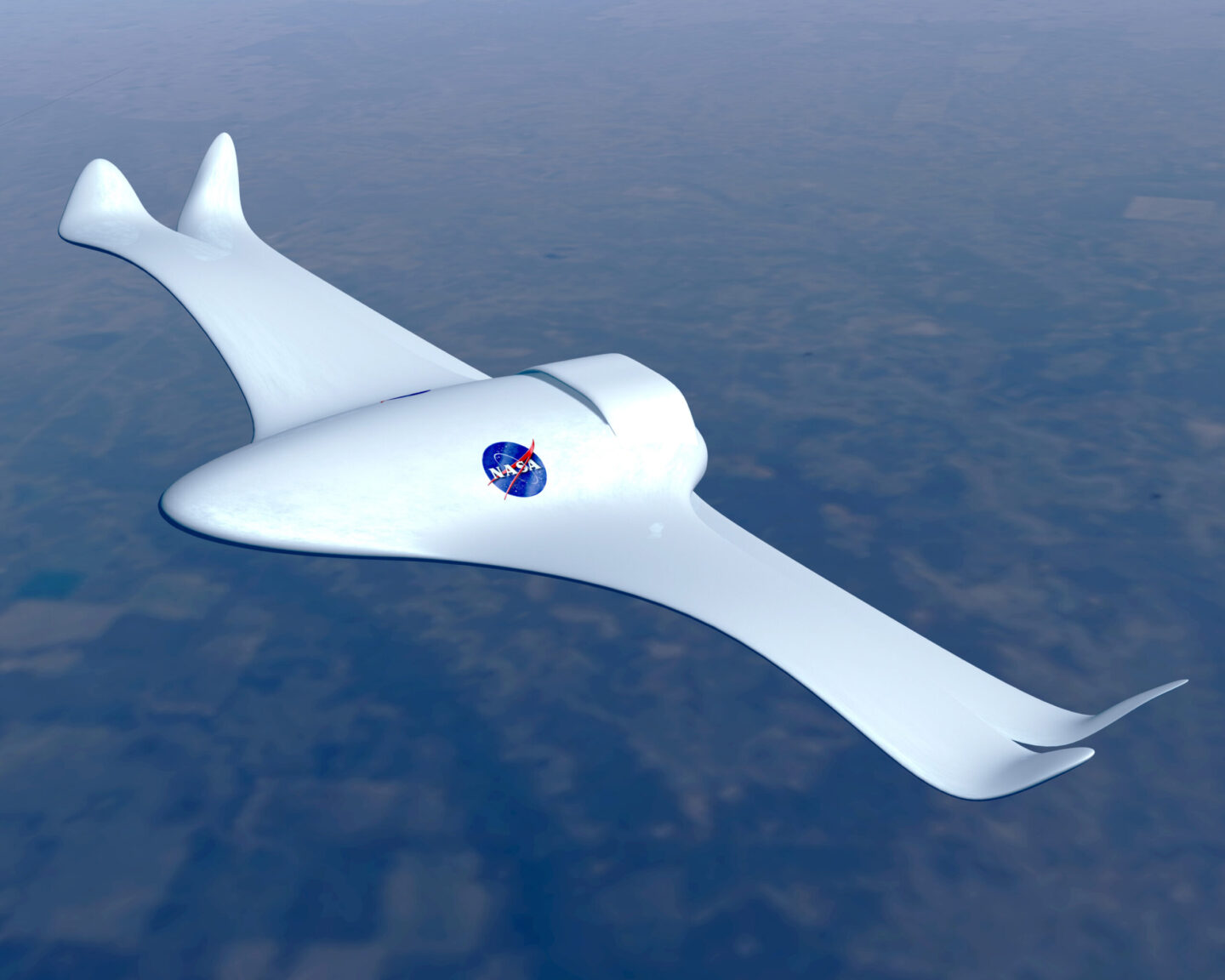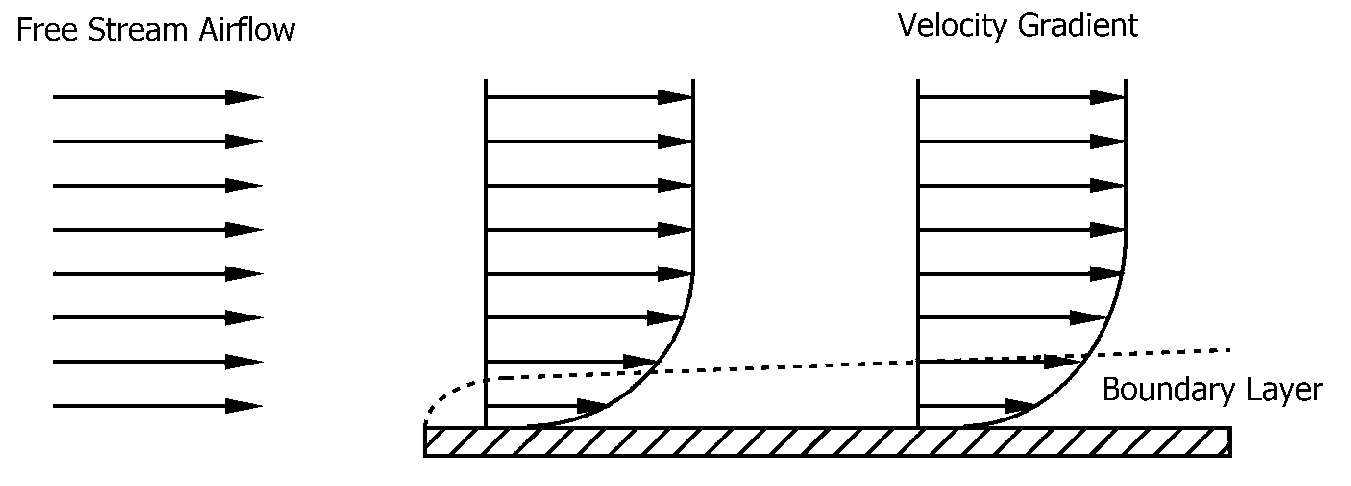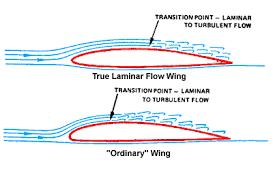
23rd August 2015 by aegeuana_sjp_admin
Introduction to Aerodynamics [Part 2].
In the previous post we learned about the basic definition of Aerodynamics and the Bernoulli’s principle, on this second part, we are going to learn about a very interesting concept called the boundary layer.
The boundary layer is the closest layer of air to the surface of an aircraft wing, in this layer the air molecules move slower than the rest of the air above it. The velocity of the air on this layer decreases as it gets closer to the surface. So this is very interesting, if we could measure the speed of the air molecules that touch the wing of an aircraft going at high speed, we would discover it’s zero.

This explains how, if you are in a car while it’s raining, the rain drops stay in the glass no matter how fast you are driving.
The boundary layer is very thin, around 1 cm for the wing of a 747. The air particles that can barely move through the surface at first do it in a laminar flow, this means the flow is smooth, the particles move parallel to each other in “order”; as the distance they go through increases, the flow starts to get “messy” so it becomes a turbulent flow and, therefore, unpredictable.

Each type of boundary layer flow has its advantages and disadvantages. So, when designing a wing, we have to make a design choice depending on the use we are going to give to the aircraft. This is usually controlled by changing the roughness of the surface.
Laminar boundary layer flow.
Produces less friction resistance, but is less stable, it’s easier for the aerofoil to stall.
Turbulent boundary layer flow.
Produces more friction resistance, but it’s harder that a stall occurs.
This is why tennis and golf balls have rough surfaces (felt or holes), it makes the flow turbulent and harder to stall, so it can travel further away at the cost of being slower, but in this case we don’t care about speed.





